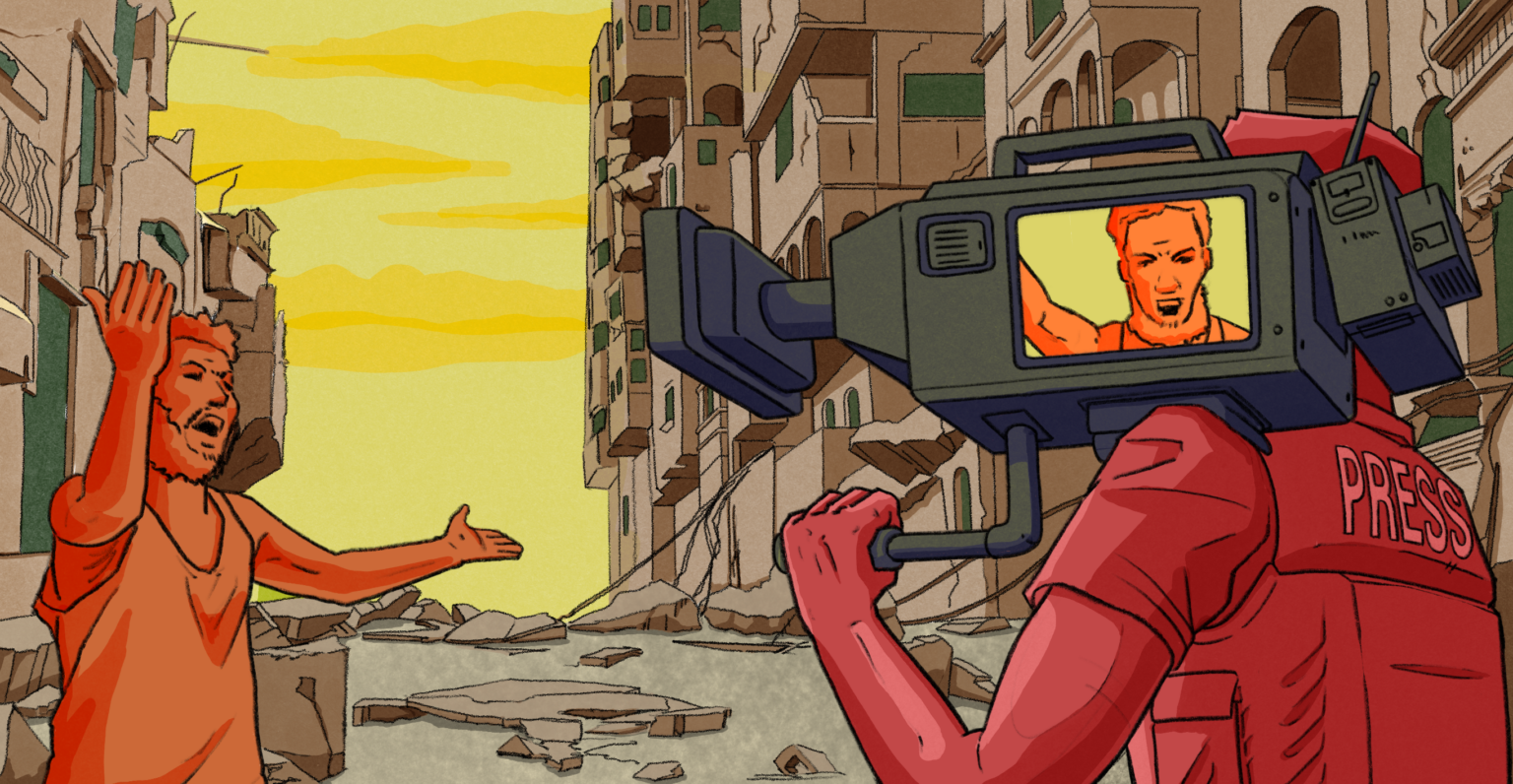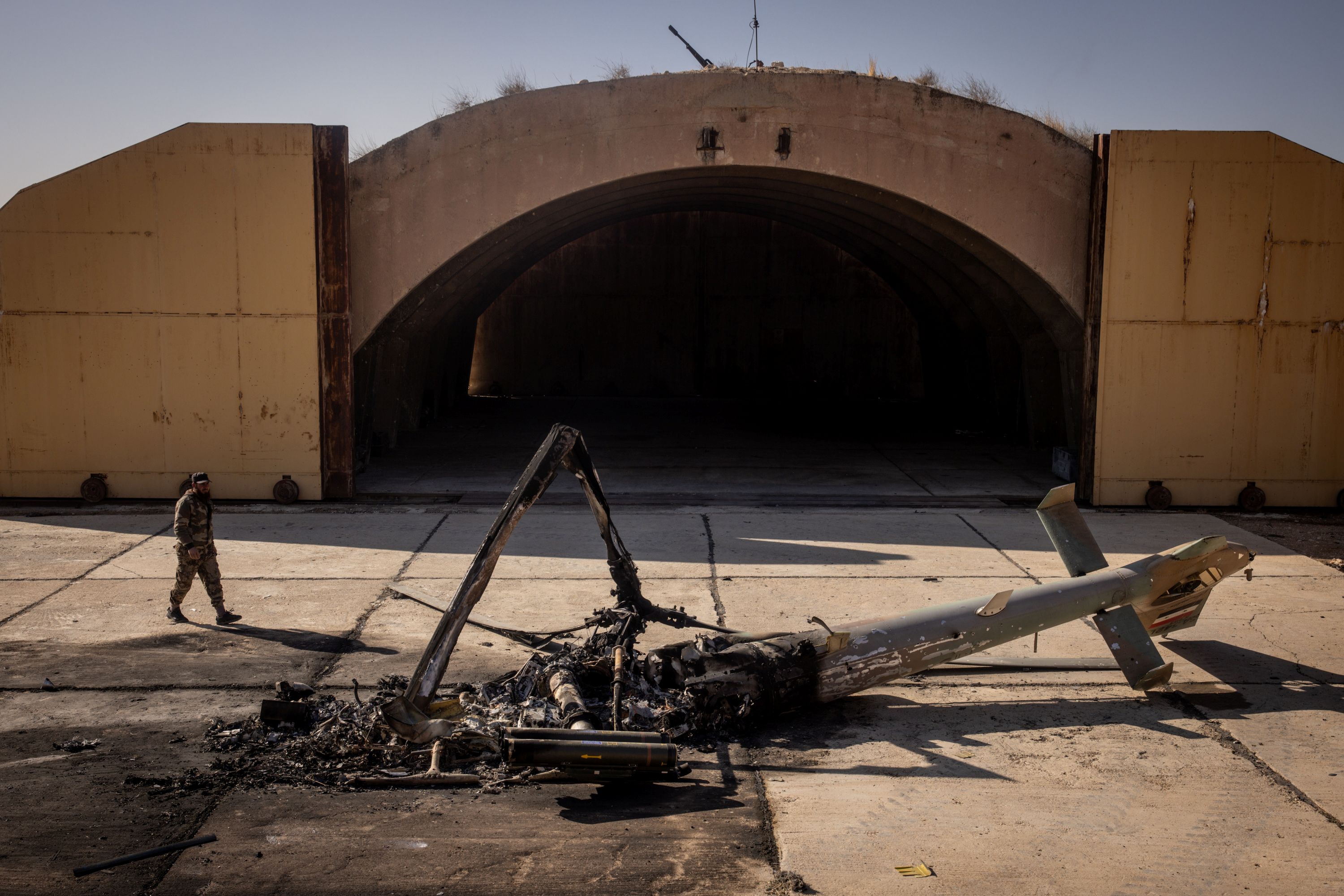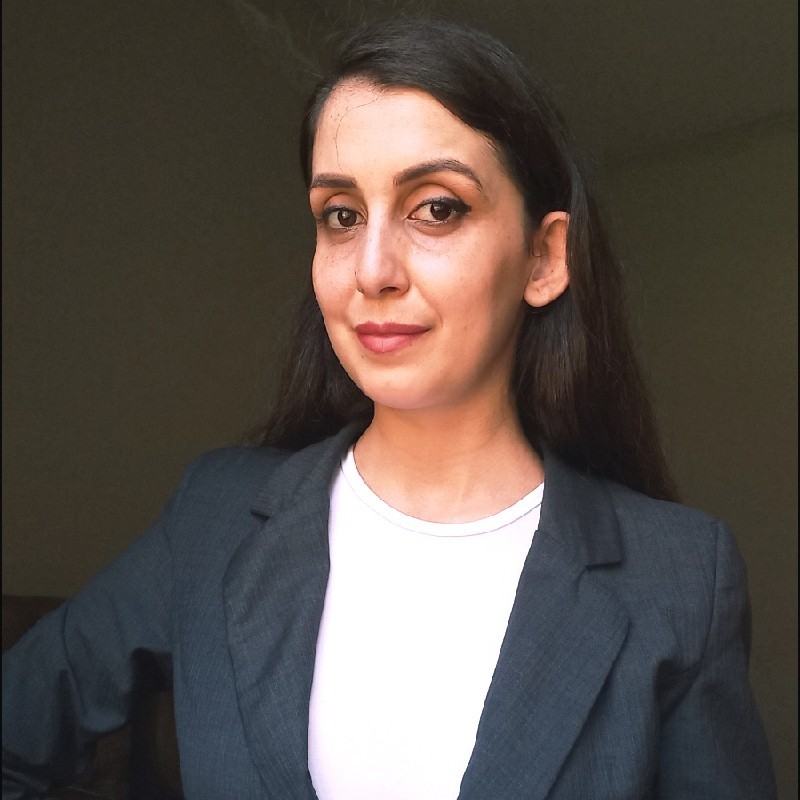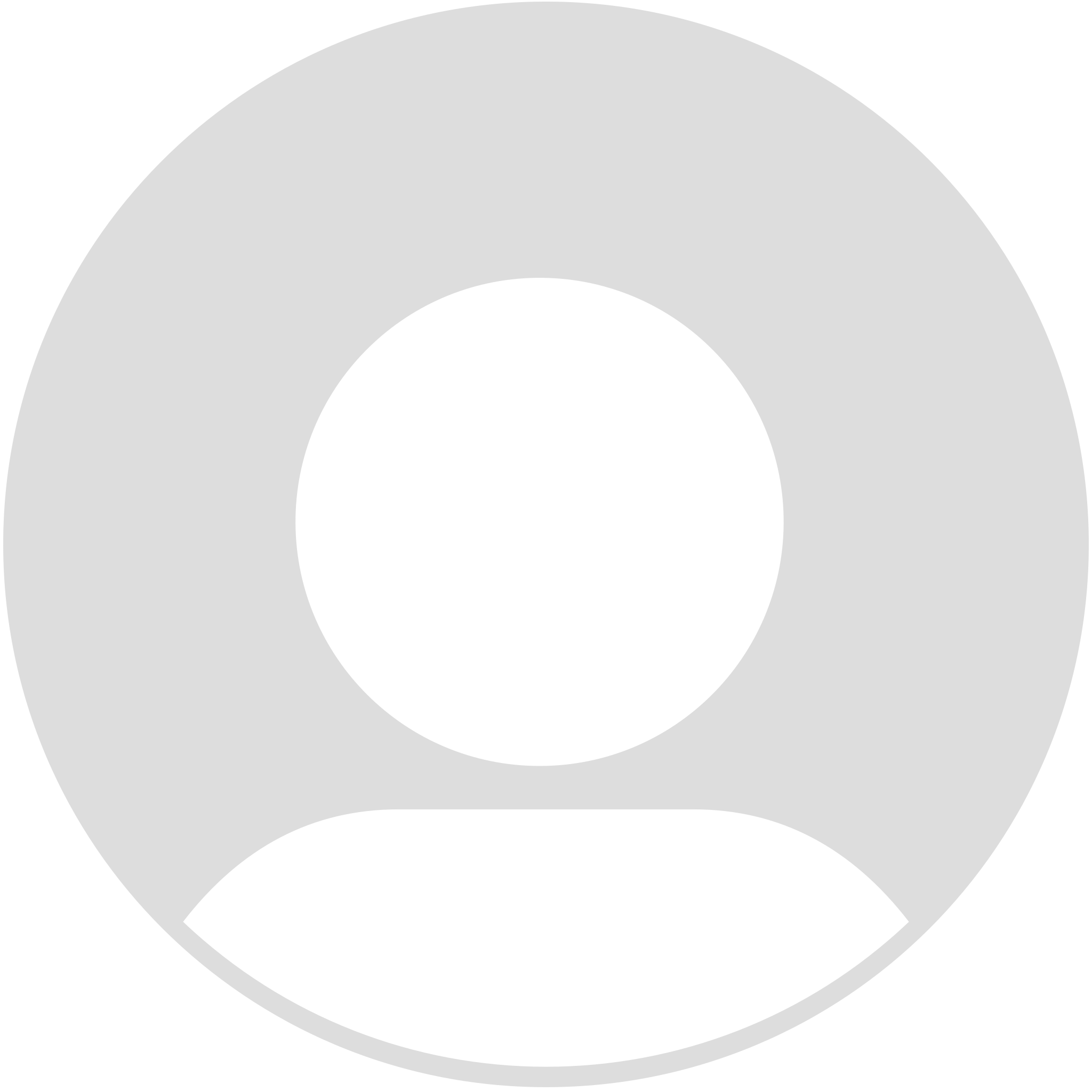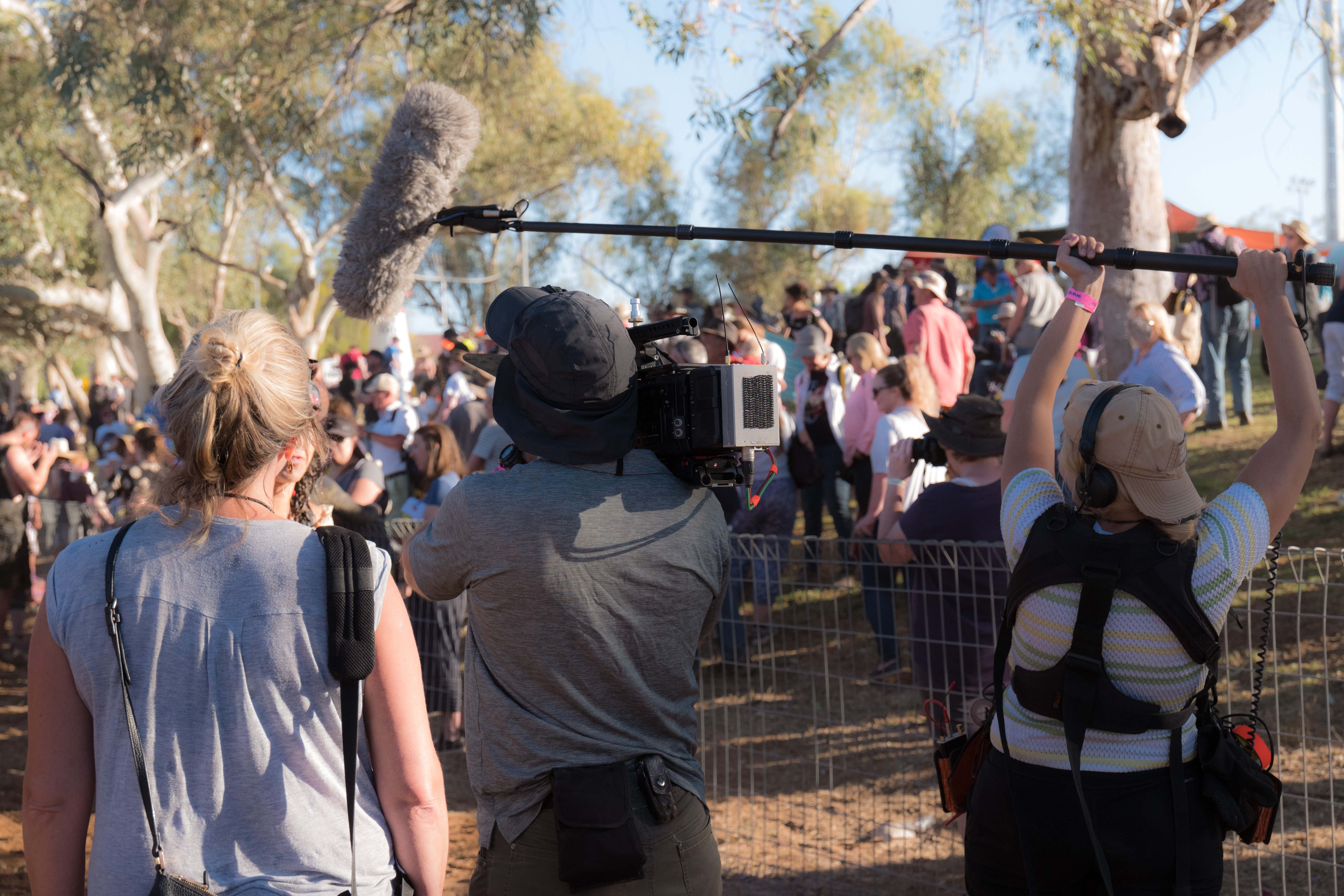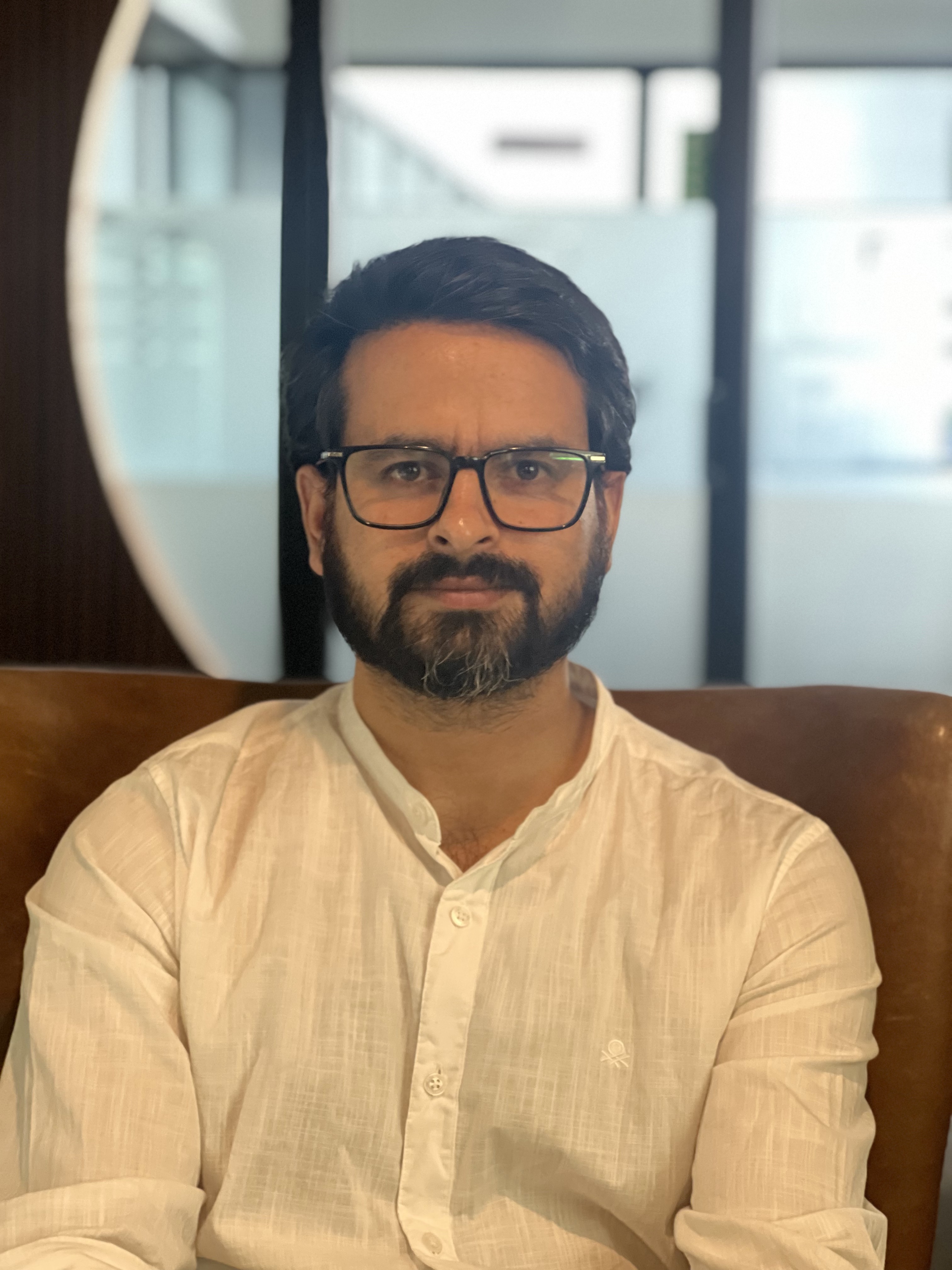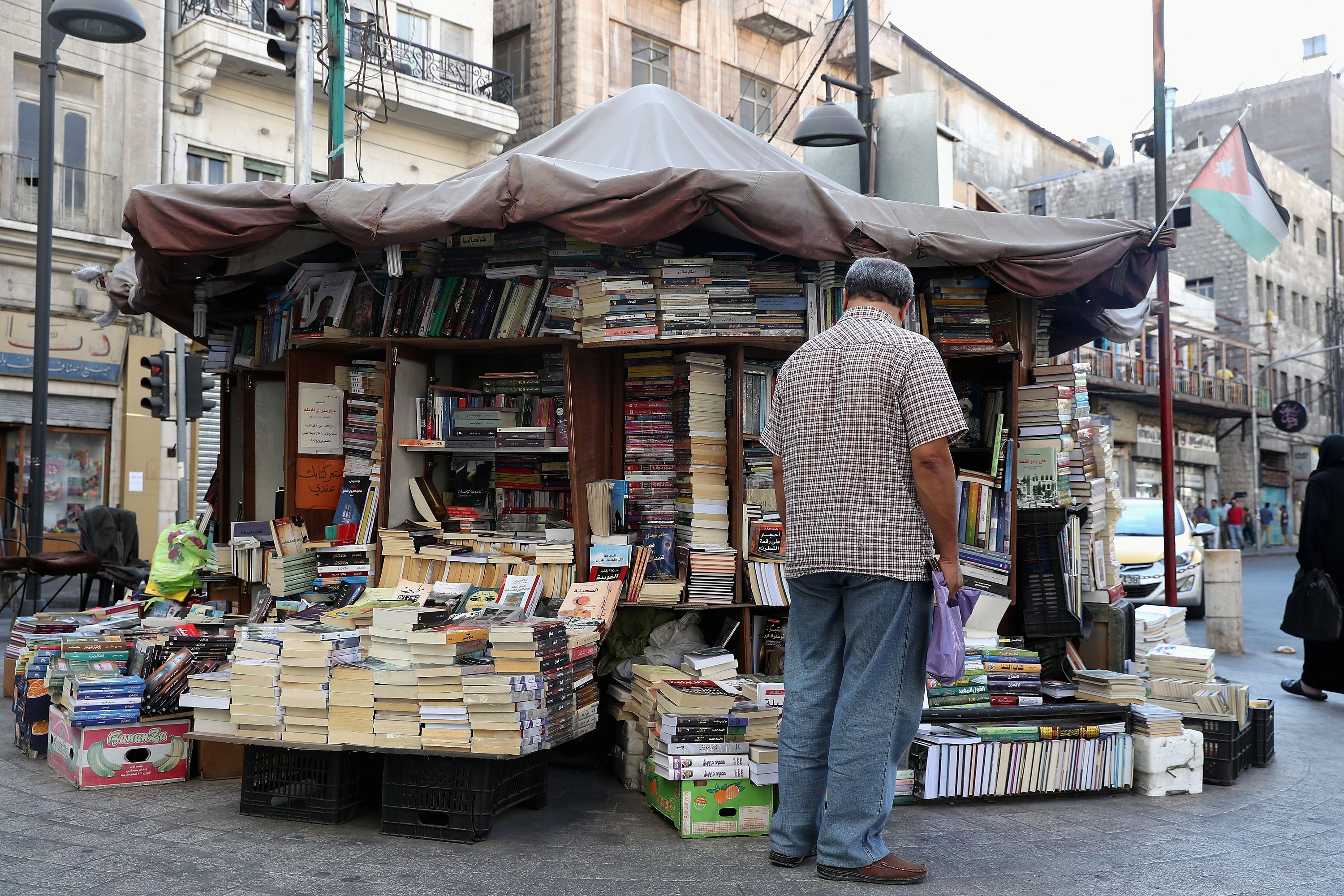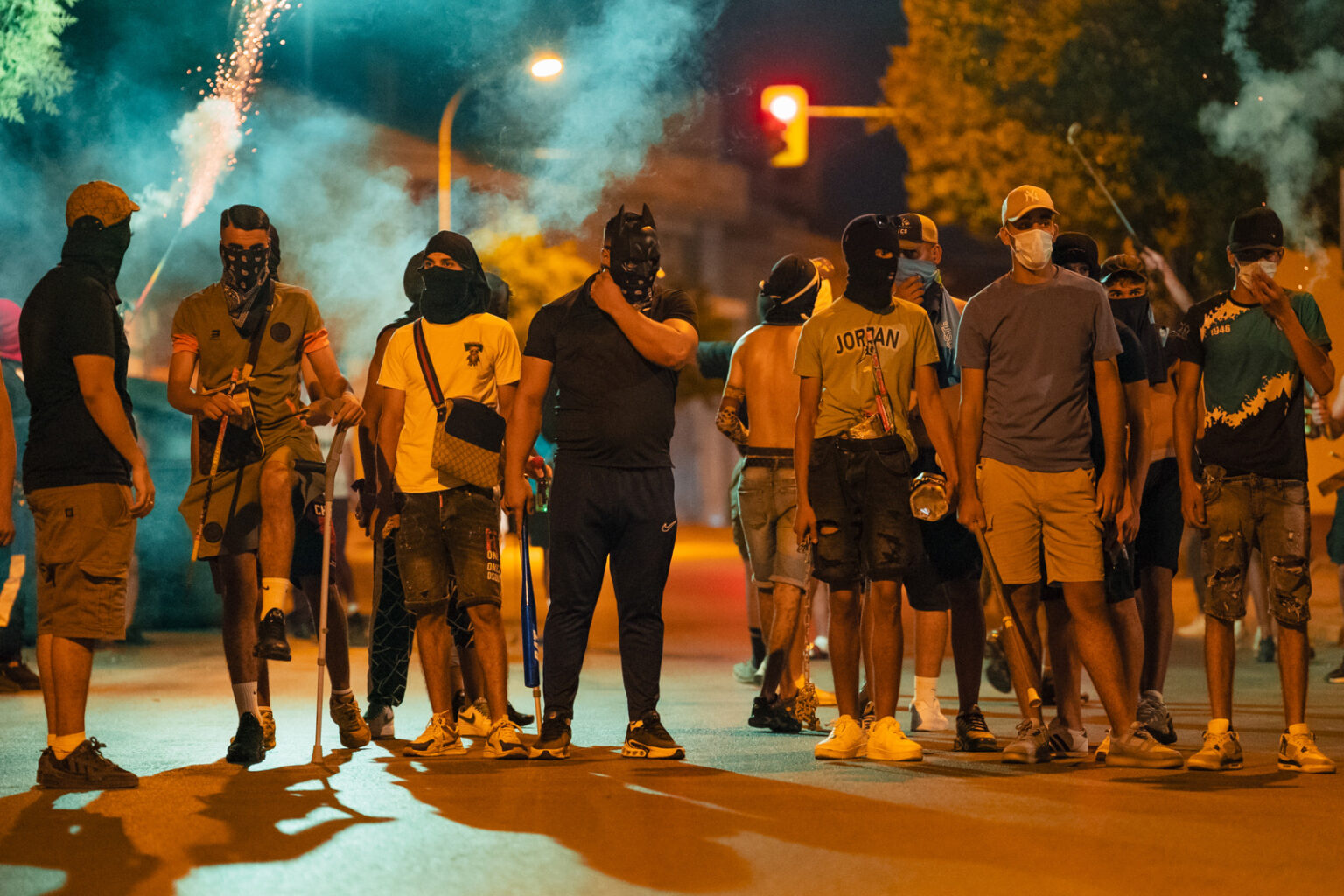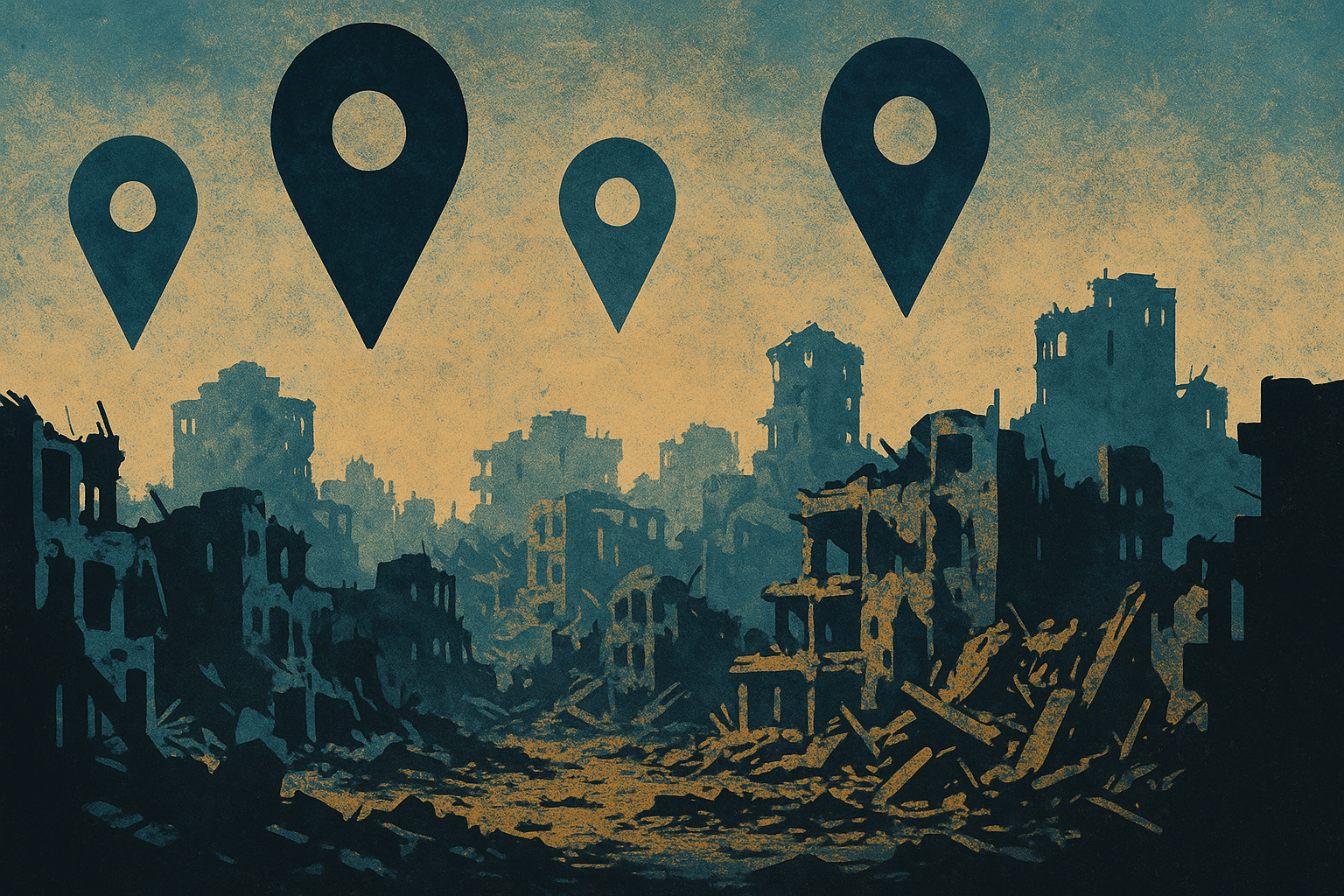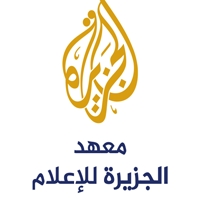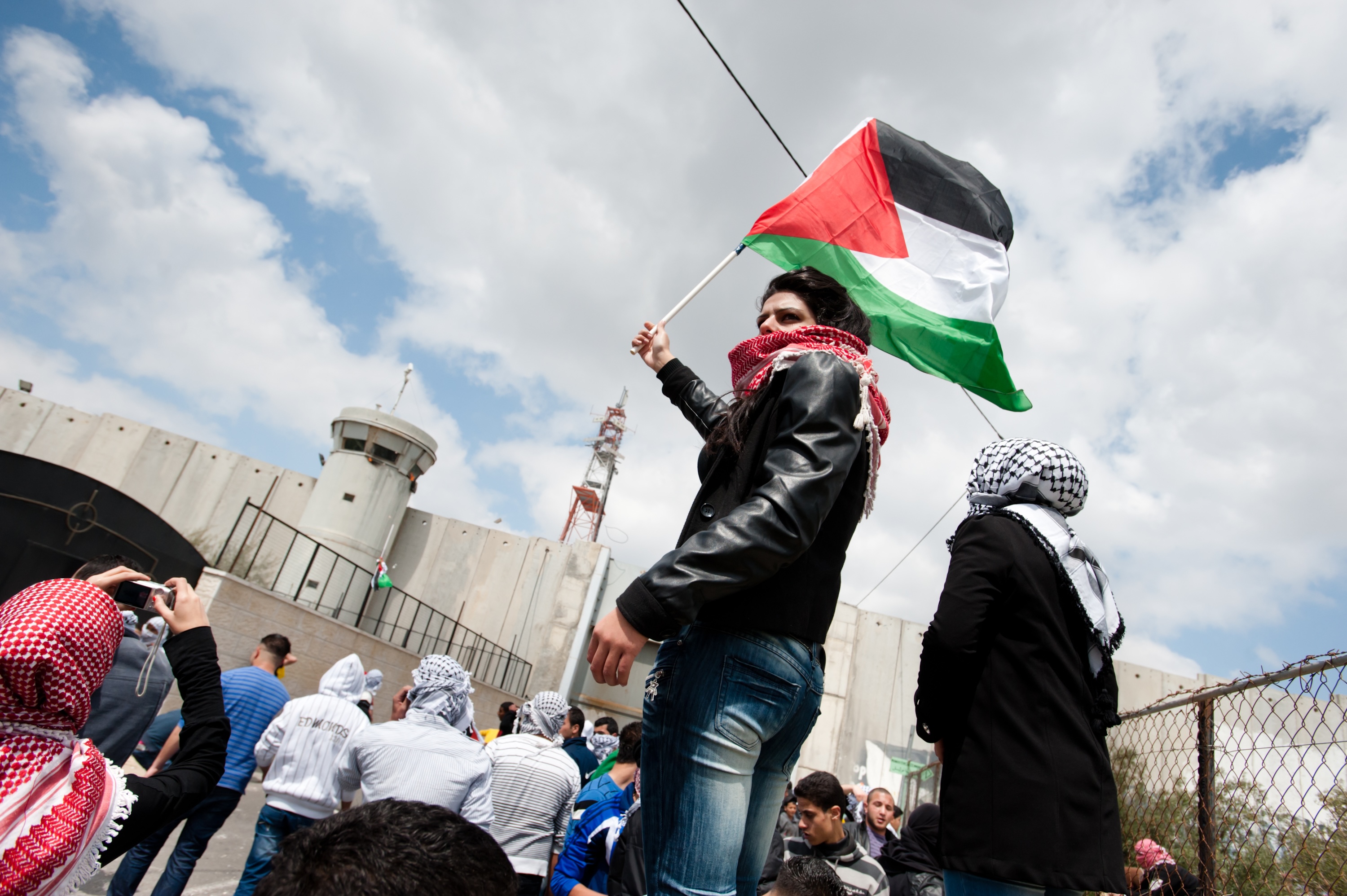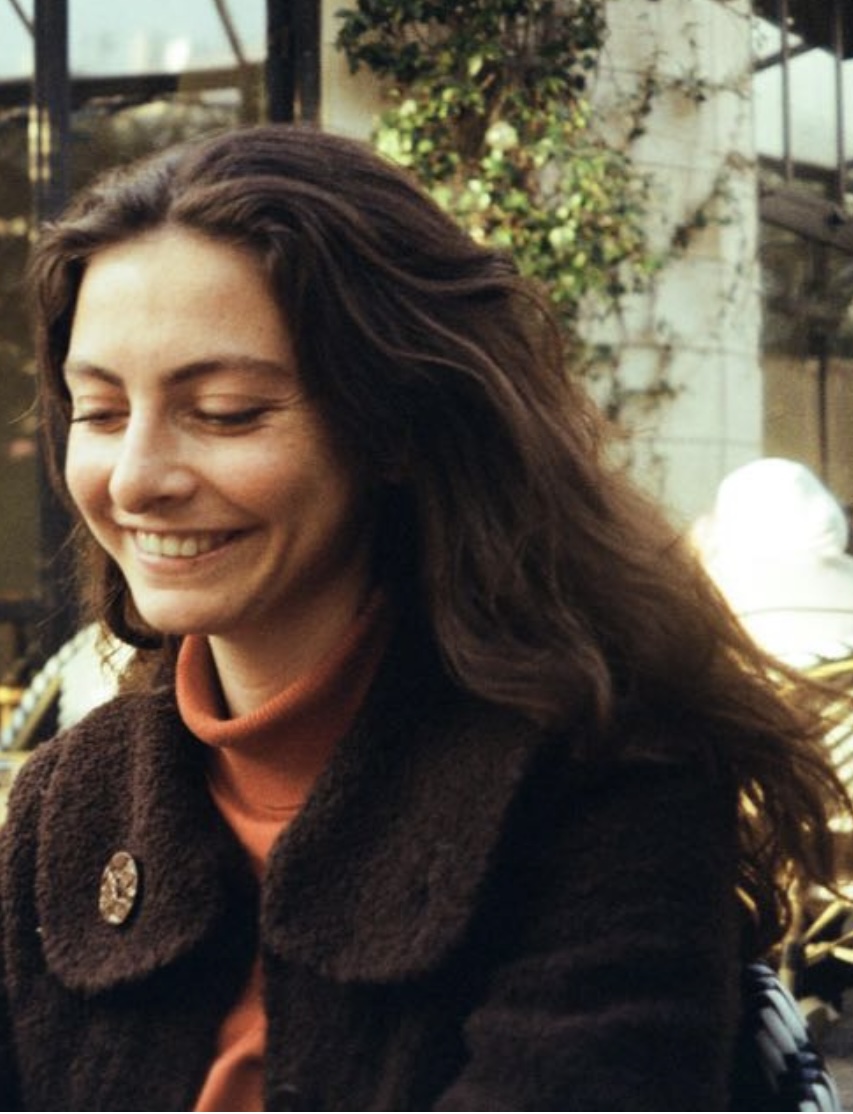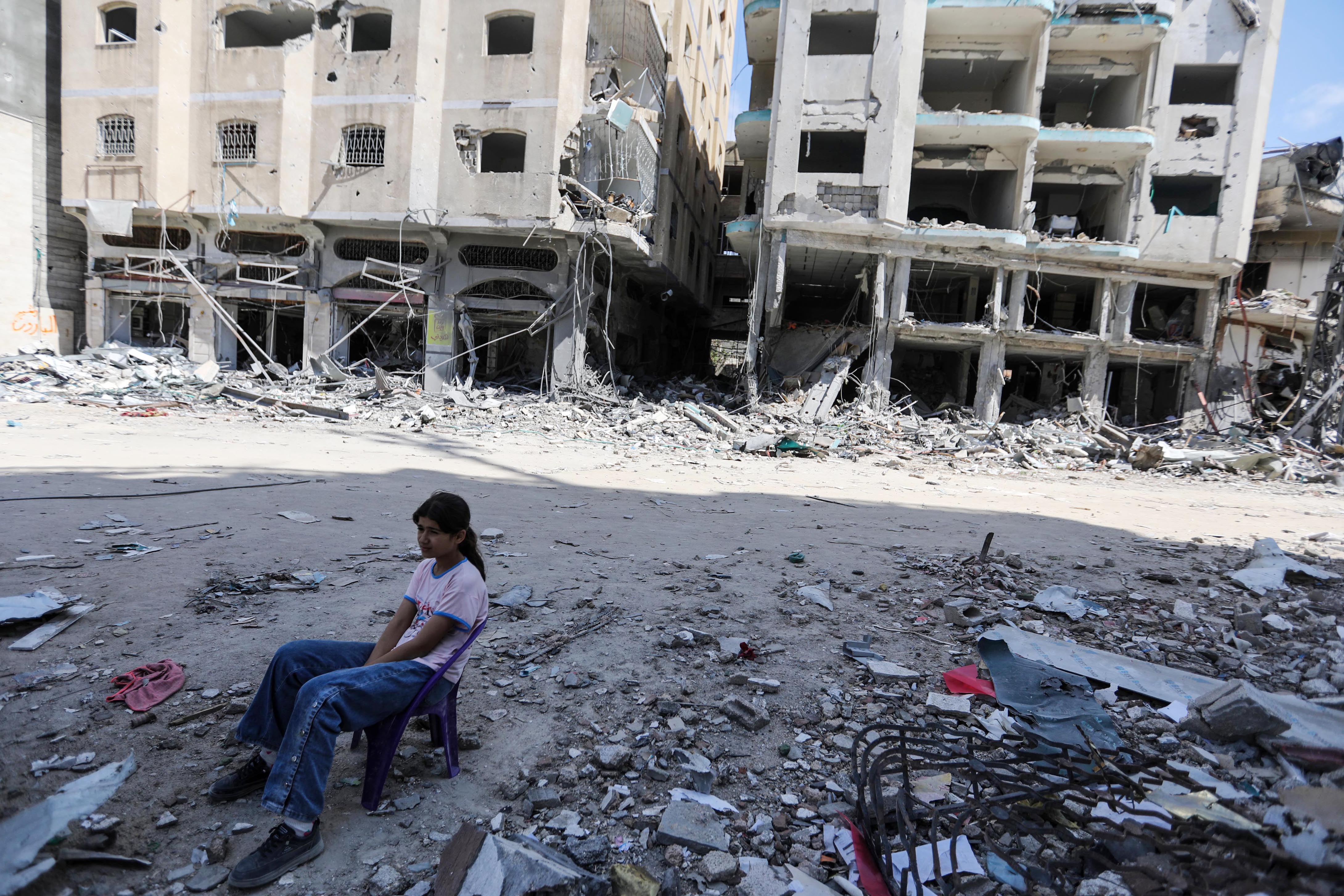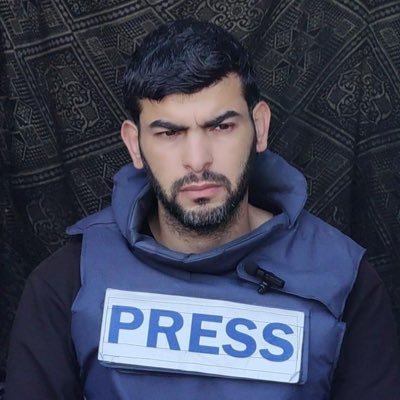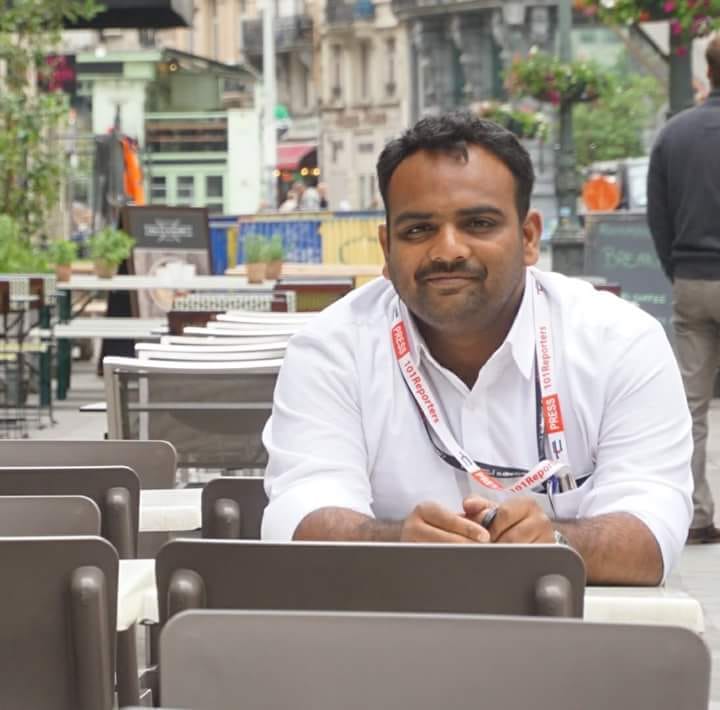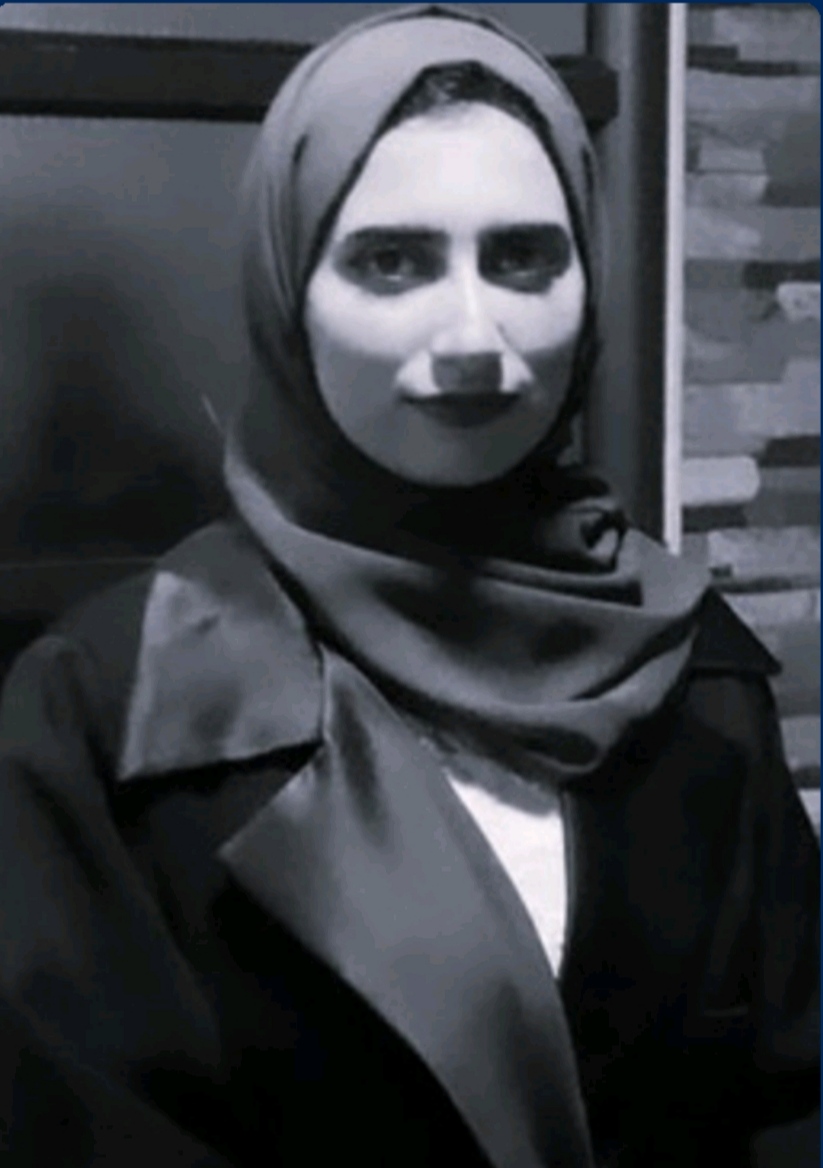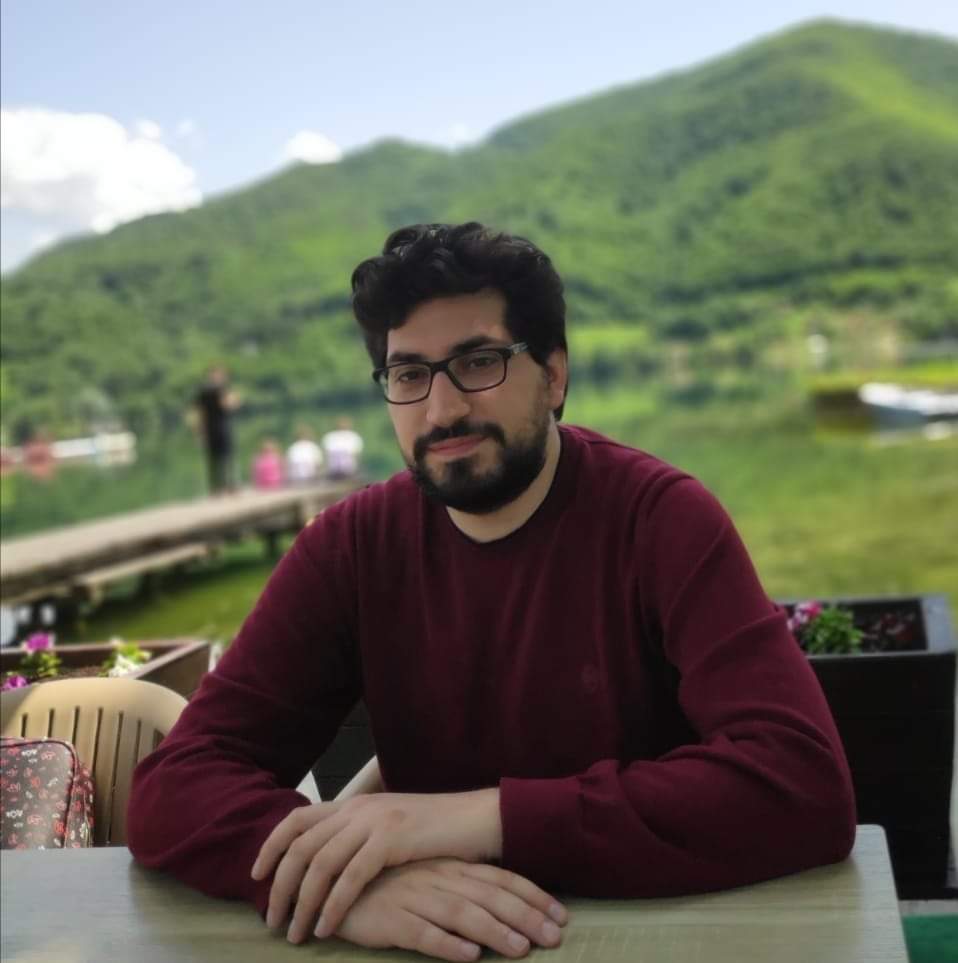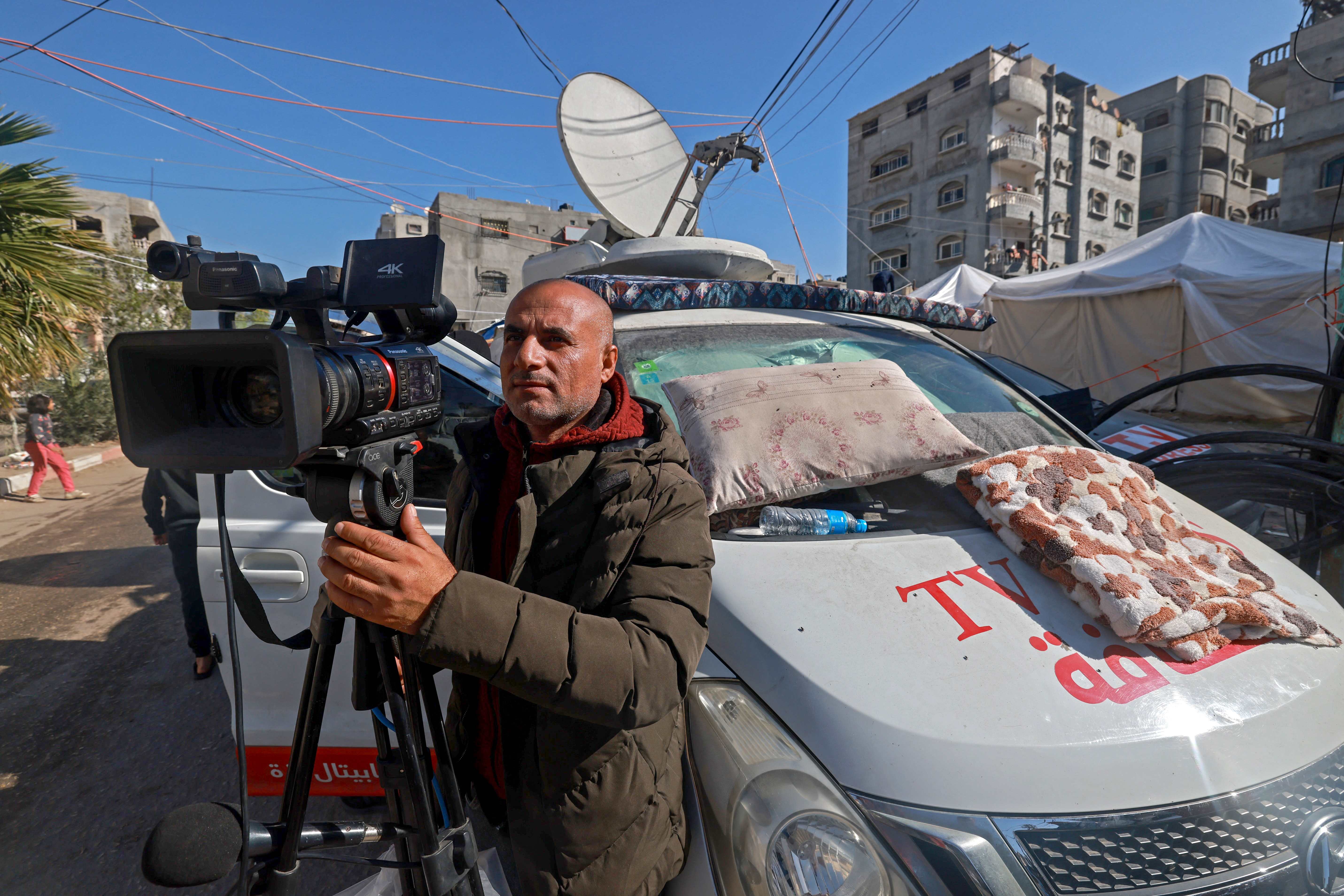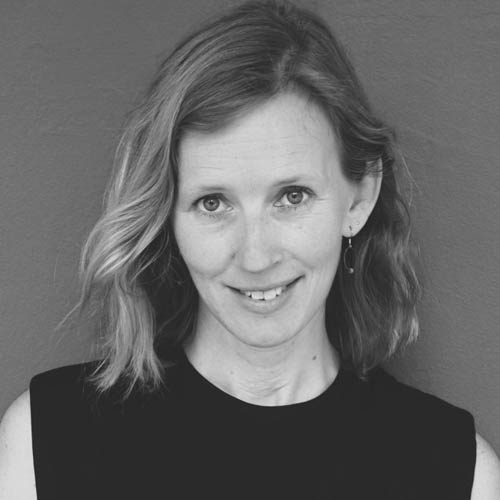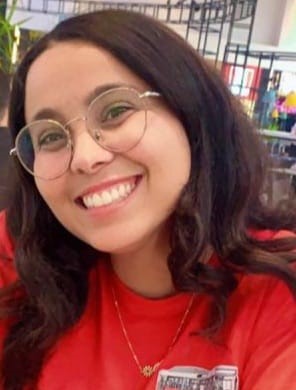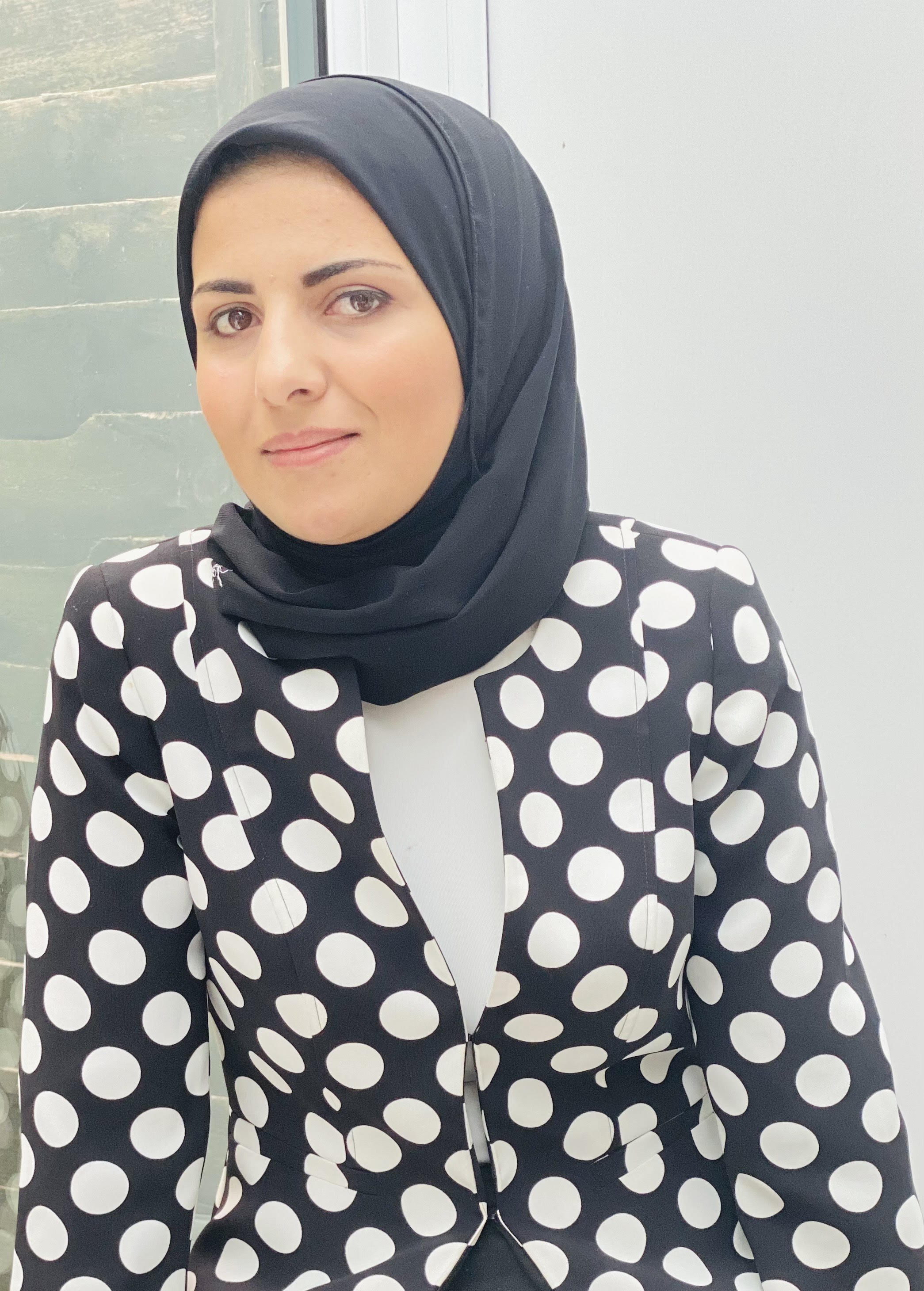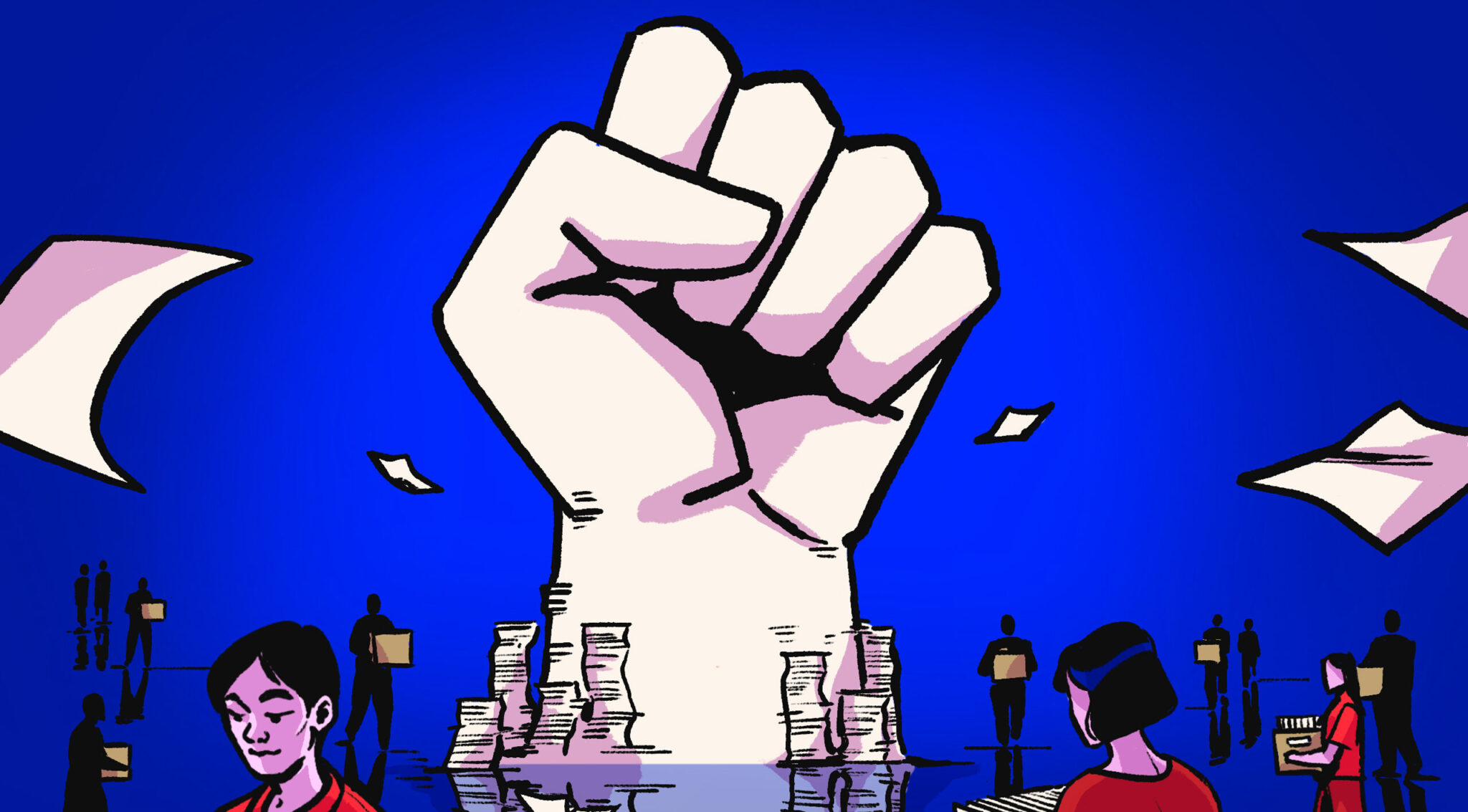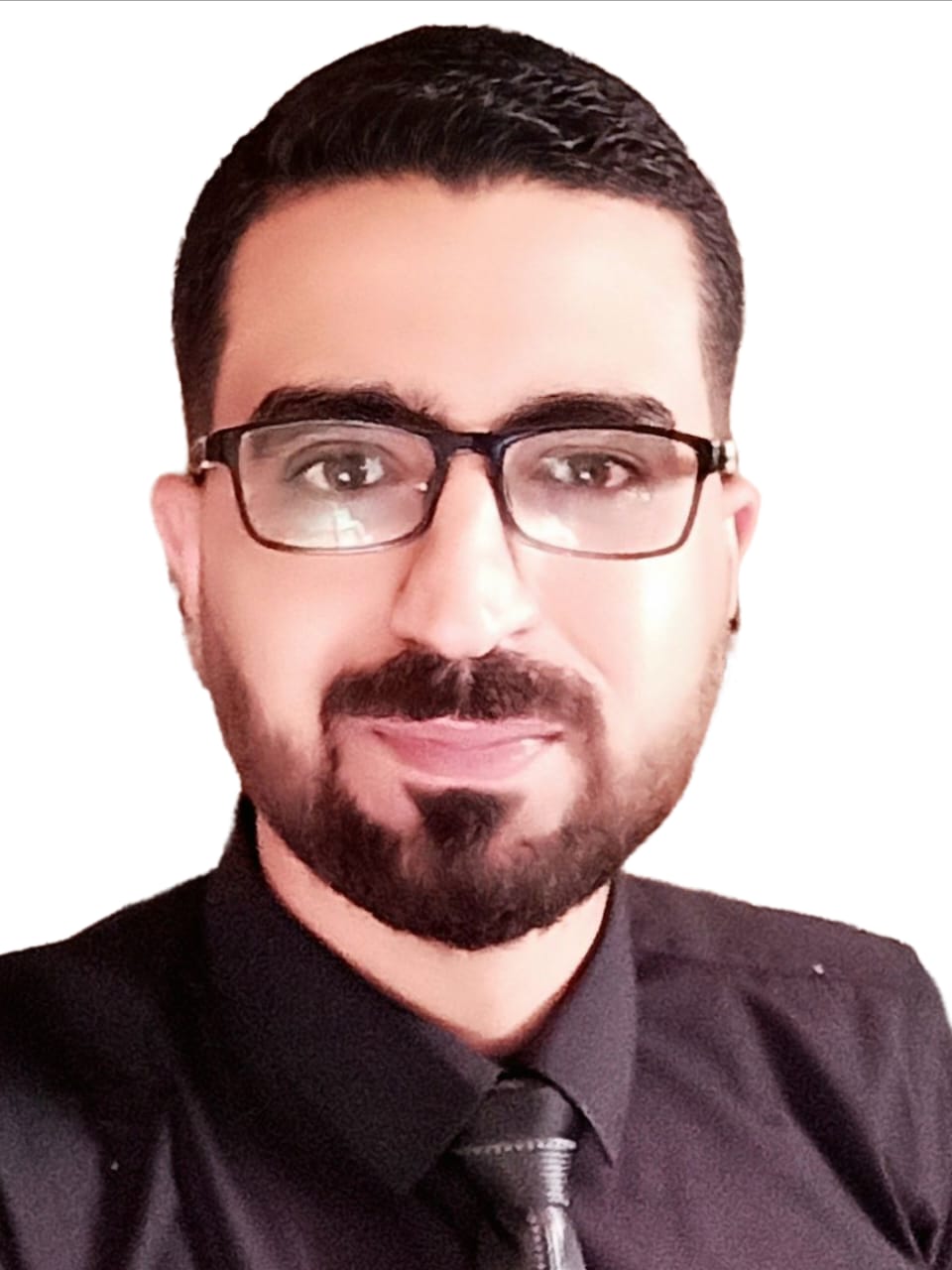This article was originally written in Arabic and translated into English using AI tools, followed by editorial revisions to ensure clarity and accuracy
When an Iranian student publicly protested against security forces by undressing, the moment garnered widespread attention in Western media. Meanwhile, even as 70 percent of those killed in Palestine are women and children, this ongoing violence—including the systematic killing, torture, and detention of Palestinian women—receives minimal coverage. This disparity raises urgent questions: How do Western media represent women’s issues in the Islamic world, and to what extent are such portrayals shaped by double standards?
While much of the Western media was focusing very intensively on the story of the Iranian student who stripped at the university in protest against the practices of Iranian security, international organisations, spearheaded by the United Nations Human Rights Council, were saying that 70 per cent of the martyrs in Palestine due to the genocidal war were women and children without receiving the same coverage.
Since the invasion of Iraq, the occupation of Afghanistan, and the genocidal war on Gaza and southern Lebanon in 2023 and 2024, Western media coverage revealed an apparent discrepancy in addressing the issues of the region. The coverage formed a media framework that carried political and ideological goals, leading to portraying the “other” stereotypically and negatively (1). It relied on rhetorical and linguistic strategies to promote these images and described Muslims and Arabs with degrading terms, such as "animals", "terrorists", and "sons of darkness."
This style/pattern shows that relying on exclusionary language in Western media can contribute to justifying violence against some people and that ignoring or marginalising some parties enhances its legitimacy, as the lack of adequate media coverage hides the truth from global public opinion and leads to the continuation of violations against victims. Media framing is an influential and dangerous practice that directs the recipient's understanding of news according to specific biases using formulas and terms that serve particular goals. It contributes to arousing personal biases and exploiting the moral connotations of events, regardless of objectivity (2)(3).
The framing is extensively applied to coverage related to women's issues in the region by most Western media outlets, and an imbalance in the coverage of women's conditions in conflict zones can be observed. Ideology employs specific language that sometimes exaggerates the image of governments, organisations, or local groups as entities that seek to exclude and oppress women. In contrast, women in other places are framed as “collateral damage,” as in Palestine.
“There is an imbalance in the coverage of women’s conditions in conflict zones; ideology employs specific language that sometimes exaggerates the image of governments, organisations, or local groups as entities that seek to exclude and oppress women, while women in other places are framed as “collateral damage,” as in Palestine.”
We review some examples of framing women’s issues in the region covered by Western media. We will analyse three issues related to Arab and Muslim women and how they were covered in Western media. The suffering of women in Gaza during the war (2023-2024), the Taliban forcing women in Afghanistan to wear the Islamic veil, and the incident of the Iranian student who took off her clothes in the courtyard of the Islamic Azad University in Tehran in protest against Iranian security practices against women. We will focus on a selected sample of news items covered by some Western newspapers and news websites, such as The Guardian, CNN, New York Post, Reuters, and The New York Times, to reveal how language is used in media discourse
The analysis of the news items shows that Western media outlets adopt a unified approach of bias against the Iranian government. The Guardian, CNN, and the New York Post used phrases that clarify the action and the actor in covering the student’s protest against the practices of the security forces, using words expressing denunciation and quoting from human rights organisations such as Amnesty International to reinforce their position. For example, The Guardian published a striking headline stating: “Iran arrests woman who stripped in protest at ‘abusive’ dress code policing” (4). It used the emotional phrase “violent confrontation” instead of using more neutral terms, which may suggest to the reader a preconceived judgment that tends towards a negative view of Iran and reinforces a stereotypical image of it. On the other hand, The Independent published a similar headline: “Iran arrests female student who stripped to protest harassment” (5), focusing on the act in a dramatic manner based on international statements and highlighting on human rights issues and social challenges facing Iranian women in an intensive manner, which disrupted the balance of the narrative.
Most Western newspapers and news websites followed a similar approach when dealing with Afghan women’s issues. In one of The Guardian’s articles, the headline “‘Frightening’ Taliban law bans women from speaking in public” (6) was used. The word “Frightening” reflects a clear bias and gives an emotional tone that may prevent the reader from exploring other aspects of the issue. Similarly, the New York Post used a dramatic headline in its report on the Taliban’s new policies and titled one of its articles, “Taliban leader vows to start stoning Afghan women again” (7). These headlines exaggerate events dramatically, attracting the reader and limiting his ability to look at the issues objectively. It is important to emphasise that women’s issues in the region, such as the issue of the hijab and Islamic dress in countries such as Iran and Afghanistan, reflect political and religious symbols adopted by governments within the framework of implementing Islamic law, regardless of the restrictions on women due to the use of religion for political purposes. In contrast, Western media often interpret images of veiled women as evidence of their oppression (8).
In stark contrast, when comparing how Western media portray Iranian and Afghan women with their coverage of the suffering of Gazan women, we find an apparent discrepancy in the way media coverage is handled. The suffering of Gazan women is dealt with modestly, without mentioning those responsible for it, which leads to ignoring essential aspects of the story and dehumanising it.
“In stark contrast, when comparing how Western media portray Iranian and Afghan women with their coverage of the suffering of Gazan women, we find an apparent discrepancy in the way media coverage is handled; the suffering of Gazan women is dealt with modestly, without mentioning those responsible for it, which dehumanises it.”
For example, a CNN video report showed the suffering of a Palestinian woman under the title “'There's no healthcare, no clinics, no vaccinations': Moms in Gaza struggle with adequate care” (9). The title did not mention who caused these conditions, nor did the report clarify that the health restrictions are primarily the result of the Israeli occupation, and the siege imposed on the Strip. Moreover, the genocidal war in the Gaza Strip and southern Lebanon has entered its second year in a row. Some news outlets have ignored the suffering of women there and excluded them from their media coverage. On the other hand, the same newspapers have exaggerated the rape incident that was promoted by the Israeli and Western occupation media the day after October 7 and claimed that Hamas was responsible for that incident, and did not hesitate to describe its members as terrorists, as the New York Times wrote: “Hamas is terrorising Israel” (10).
“The same newspapers have exaggerated the rape incident that was promoted by the Israeli and Western occupation media the day after 7 October, claimed that Hamas was responsible for that incident, and did not hesitate to describe its members as terrorists, as the New York Times wrote: “Hamas is terrorising Israel.”
In addition, some news websites have highlighted the suffering of Israeli women through their various platforms, and their goal was clearly to try to gain sympathy in favour of the Israeli narrative. For example, Reuters produced a podcast episode titled “One year after Hamas' surprise attack, we speak with women in Israel and Gaza about their ongoing anguish” (11)(12) in which an Israeli mother who lost her son in the events of 7 October 2023 was hosted, and she did not hesitate to point out that Hamas was responsible for her suffering. The details of her story were focused on arousing sympathy and deepened the human dimension of her suffering. In contrast, the Palestinian mother who was hosted in the episode did not receive the same level of linguistic and dramatic focus, which led to marginalising her suffering and ignoring the human aspect of the story of her loss in light of the events. It became clear that the agency presented a narrative that relied on intensifying emotional expressions in favour of the Israeli narrative, which “humanises” the suffering of Israeli women and ignores the suffering of Palestinian women.
The coverage shows a noticeable disparity in highlighting the suffering of women in the Arab and Islamic regions. Sometimes, exaggerated expressions are used to inflate certain events in specific countries, and other times, particular events or aspects related to women are marginalised, as is the case in Palestine and Gaza in particular. The audience then receives a context that may be far from reality. This approach obscures the whole picture and hinders the achievement of justice and equality, especially about the suffering of Palestinian women who face very weak media representation, which further exacerbates their suffering and marginalisation.
References
1. Al-Kindi, A. (2023). Studies in Media Policy (First Edition). Al-Fares Publishing & Distribution.
2. Al-Jazeera Media Institute. (19 March 2024). Mechanisms of the Mainstream British Media in Framing the Israeli War on Gaza. Journalism Magazine. https://institute.aljazeera.net/ar/ajr/article/2596
3. Journalism Magazine, Framing Video, Instagram https://www.instagram.com/ajr_arabic/reel/C-48K3ysqwS/
4. Kassam, A., & agencies. (2024, November 3). Iran arrests woman who stripped in protest at ‘abusive’ dress code policing. The Guardian. https://www.theguardian.com/world/2024/nov/03/woman-arrested-in-iran-af…
5. Sharma, S. (2024, November 3). Iran arrests a female student who stripped for protest harassment. The Independent. https://www.independent.co.uk/news/world/middle-east/iran-arrest-studen…
6. Kelly, A., & Joya, Z. (2024, August 26). ‘Frightening’ Taliban law bans women from speaking in public. The Guardian. https://www.theguardian.com/global-development/article/2024/aug/26/tali…
7. Propper, D. (2024, March 28). Taliban leader vows to start stoning and flogging Afghan women again: Report. New York Post. https://nypost.com/2024/03/28/world-news/taliban-leader-vows-to-start-s…
8. Nezhadhossein, E. (2020). Canadian and US mass media representation of Iranian women and their activities in social movements (Master's thesis, Memorial University). Memorial University Research Repository. Retrieved from https://research.library.mun.ca/14845/1/thesis.pdf
9. CNN. 'There's no healthcare, no clinics, no vaccinations': Moms in Gaza struggle with adequate care. CNN. https://edition.cnn.com/videos/world/2024/01/29/exp-gaza-pregnant-women…
10. The New York Times. (2023, October 10). Hamas leaves a trail of terror in Israel. The New York Times. https://www.nytimes.com/2023/10/10/world/middleeast/israel-gaza-war-ham…
11. Reuters. (2024, October 5). October 7: The ongoing pain and the politics. Reuters. https://www.reuters.com/podcasts/october-7-ongoing-pain-politics-2024-1…
12. Zaidan, M. (2024, October 10). A year after the war of extermination in Palestine... Western media equates the perpetrator with the victim. Journalism Magazine, Al Jazeera Media Institute. https://institute.aljazeera.net/ar/ajr/article/2871

